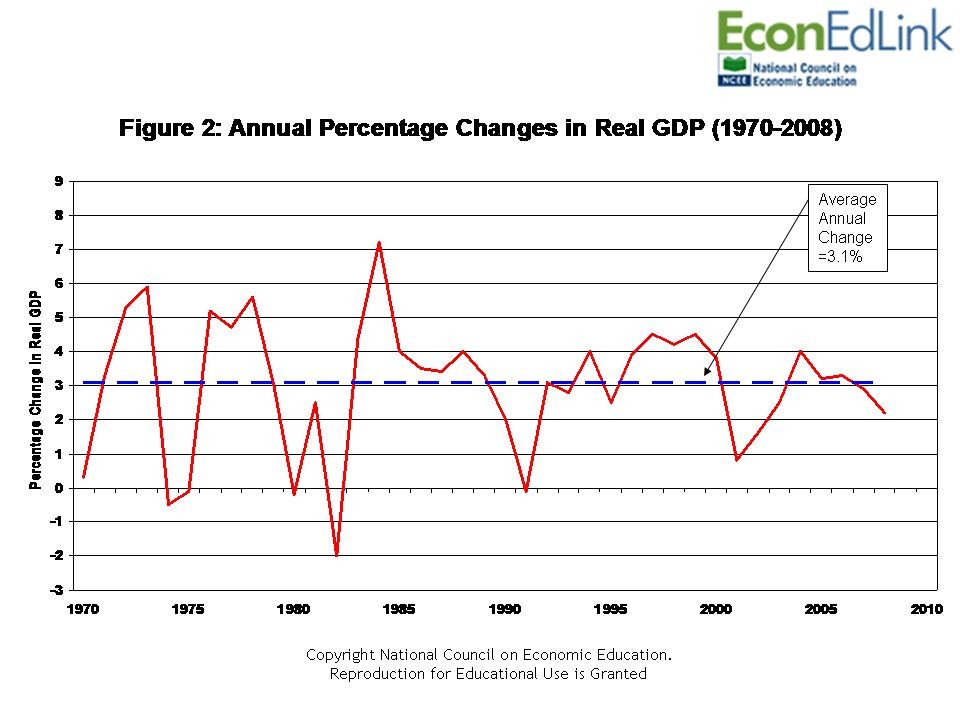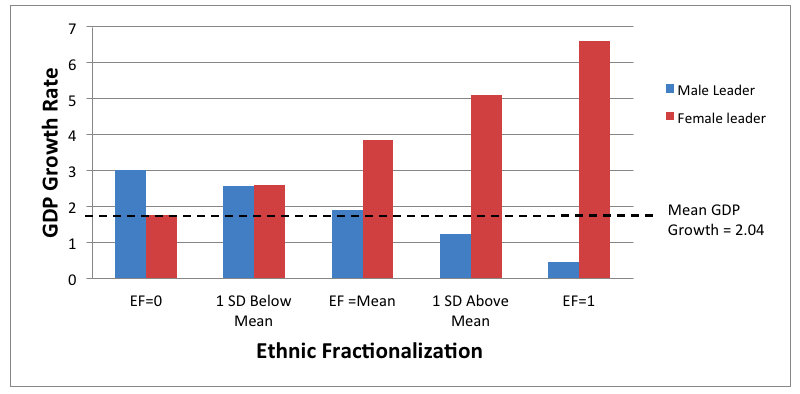The curious case of the first quarter GDP numbers Washington Center for Equitable Growth
Post on: 26 Июнь, 2015 No Comment

Is Okun’s Law still valid? Data released yesterday call this long-standing relationship into doubt. Economists expect economic growth to increase employment and decrease unemployment—a specific relationship called Okun’s Law, named after economist Arthur Okun. The validity of the relationship is critical for understanding how to create jobs going forward. If it still holds, then the current uptick in the labor market may be fleeting.
Yesterday’s release by the Bureau of Economic Analysis of its third estimate of gross domestic product in the first quarter of 2014 said U.S. GDP decreased at a 2.9 percent annualized rate. To put that figure in context, the last time the economy contracted at least that much the U.S. economy was still in a recession during the first quarter of 2009.
Yet the most confusing aspect of the data is that while the economy contracted during the first quarter of this year, employment increased by 569,000 jobs. As Jon Hilsenrath at The Wall Street Journal points out. the U.S. economy rarely sees output decline and employment increase. The last time this happened was the first quarter of 1974.
At first glance, the first three months of 2014 seem to be both concerning and confusing, calling Okun’s Law into question.
The negative growth rate wasn’t so much of a surprise compared to the magnitude of the contraction. Severe winter weather was expected to put a dent in growth. The BEA accounts for seasonal factors in their estimates—slightly less economic activity in the winter, more in the summer—but the severity of this past winter likely had an effect. Another large chunk of the 2.9 percent decline, 1.7 percentage points, was due to a drop in inventories, which are counted as private business investment in the data but its implications for future growth are ambiguous And then there was a decline in consumer spending on health care that shaved off 0.16 percentage points in growth, another rare occurrence
So some of this decline can be explained by temporary factors. But even without the decline in inventories, a 1.2 percent decline during a sluggish recovery should set off warnings bells. And the bells should ring loudly as the Federal Reserve continues to taper its purchase of U.S. Treasury bonds and government-guaranteed mortgage-backed securities, reducing monetary expansion, and as Congress does nothing on fiscal policy to boost job creation and consumer demand.

The relationship between job growth and job creation was questioned before. Some economic commentators questioned the validity of Okun’s Law early in this expansion, which began in June 2009, but from a different angle. Back then, the concern was that GDP growth wasn’t bringing unemployment down fast enough and the U.S. economy was going through a “jobless recovery.” But after the GDP figures were later revised, the validity of the “law” was upheld.
Research by economists as the Federal Reserve Bank of San Francisco find the relationship still existed after the Great Recession of 2007-2009 in the United States. Economists Laurence Ball, of Johns Hopkins University, and Daniel Leigh, and Prakash Loungani, both of the International Monetary Fund, looked at data across countries and found the law unbroken, though the specific relationship between growth and unemployment varied by country. If there were jobless recoveries, they were due to weak growth not a radical transformation in the economy.
Policymakers, not some exogenous force, should be held responsible. Policymakers avoided a second Great Depression, but they did not do enough to rekindle economic growth amid and after the Great Recession. And going forward, stronger economic growth is needed to sustainably create jobs.
So the chances that we are witnessing a change in a long established economic relationship are slim. The GDP data will be revised again during the annual revision next month. But even if growth remains negative after that final calculation, one quarter does not an economic law break. With the share of the population with a job still hovering at roughly the same level as during the labor market’s nadir back in 2010, policy makers still have the best tool to increase employment: boost growth.














